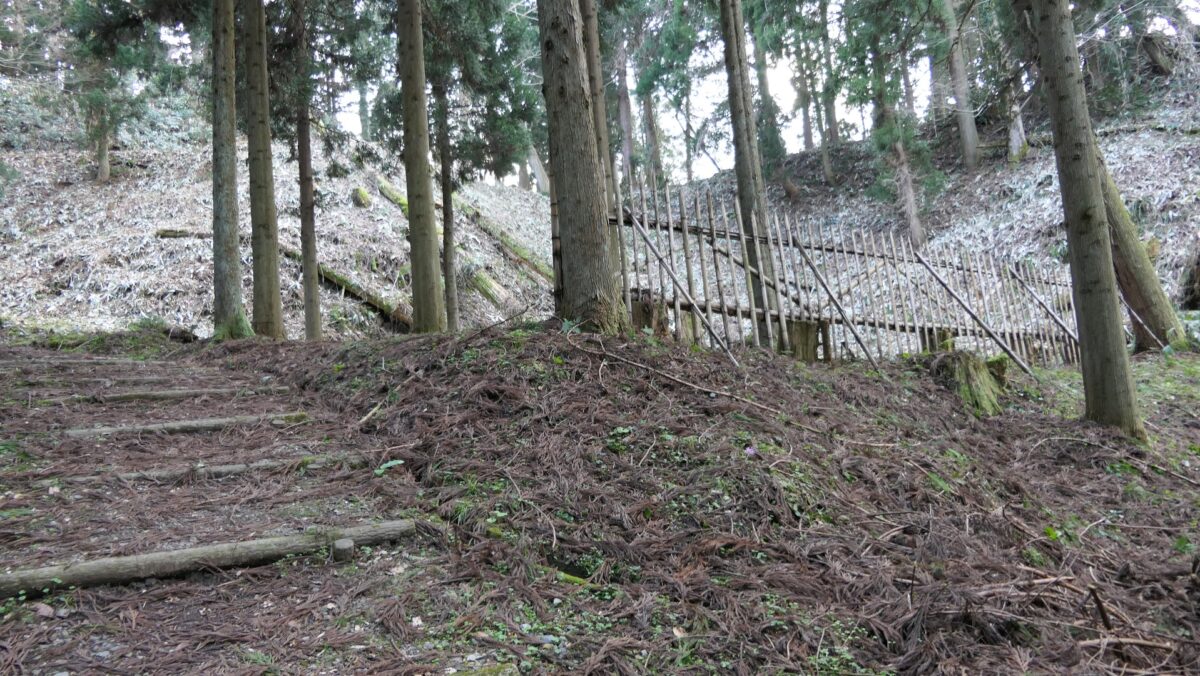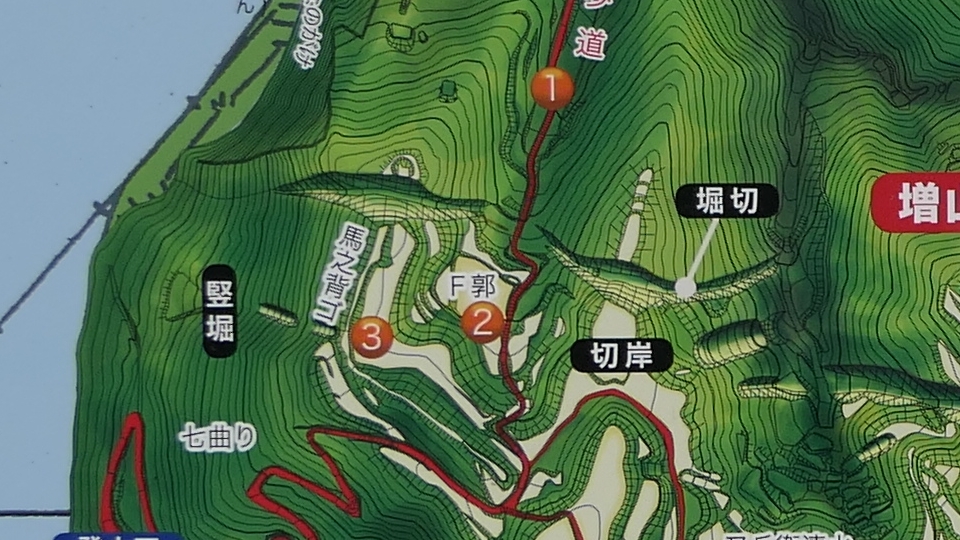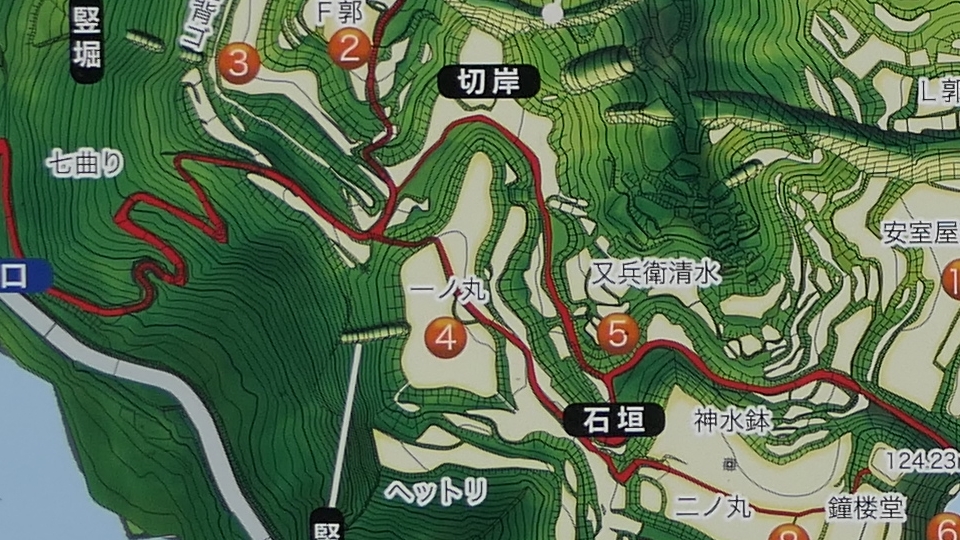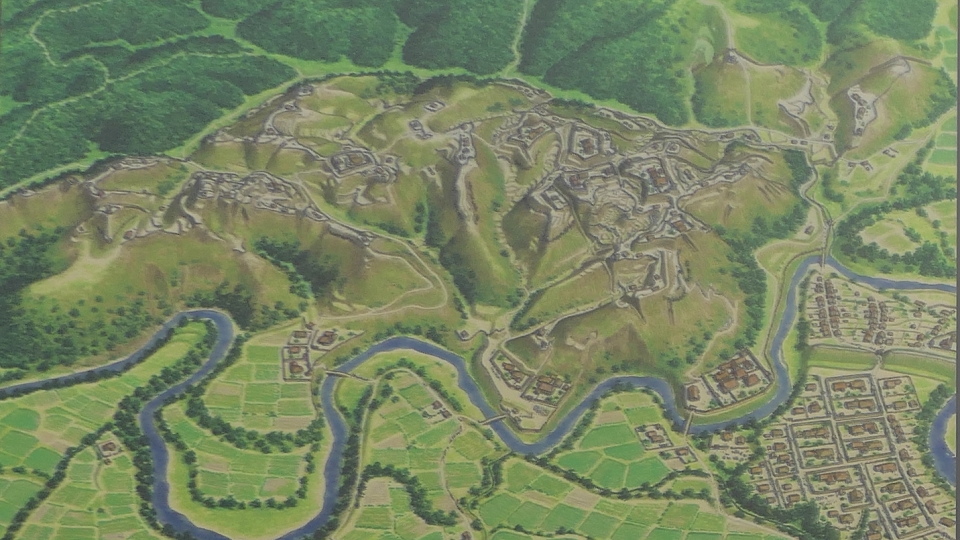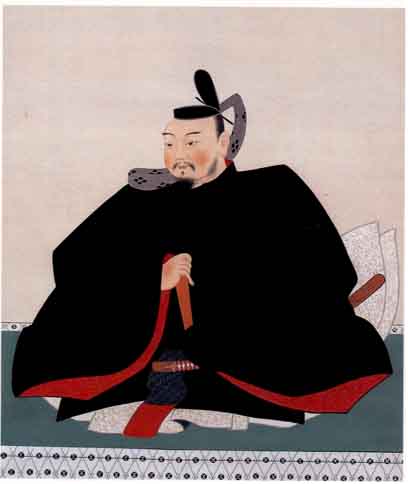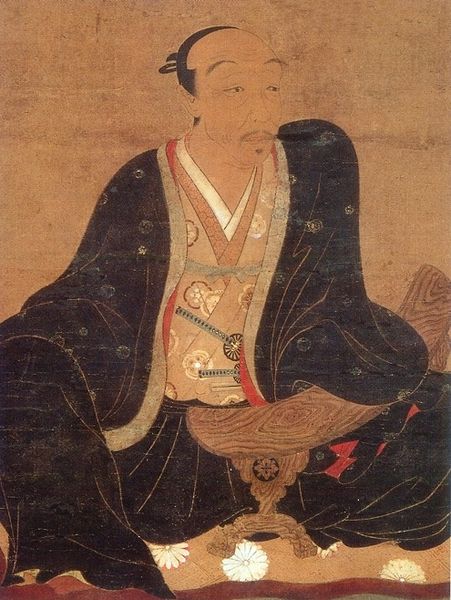Features
Going to Castle Ruins through Uranagi Route
Today, the ruins of Masuyama Castle have been well developed for visitors. There are two trails to visit the ruins, but I highly recommend using the Uranagi Route. This is because there is an information center called Masuyama Jinya with a parking lot near the route. If you park there and walk to the entrance of the route, you will see an interesting modern facility. In fact, the Wada-gawa River which flowed around the castle was turned into the Wada-gawa Dam. You will walk through the crest of the dam looking at Masuyama Lake on the right and a hydroelectric plant on the left. Part of the ruins of the castle town is under the lake now.
Masuyama Castle[/leaflet-marker]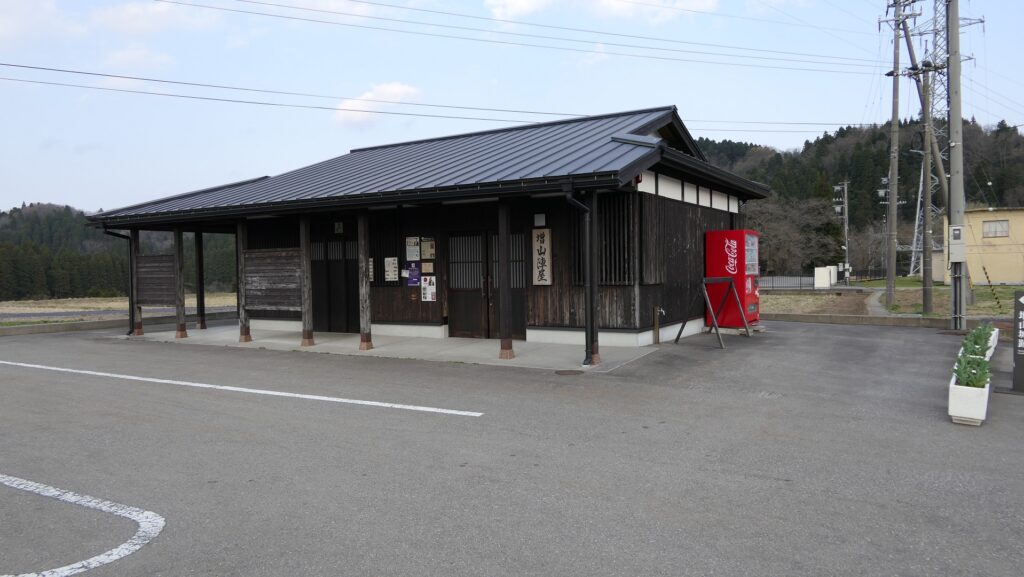
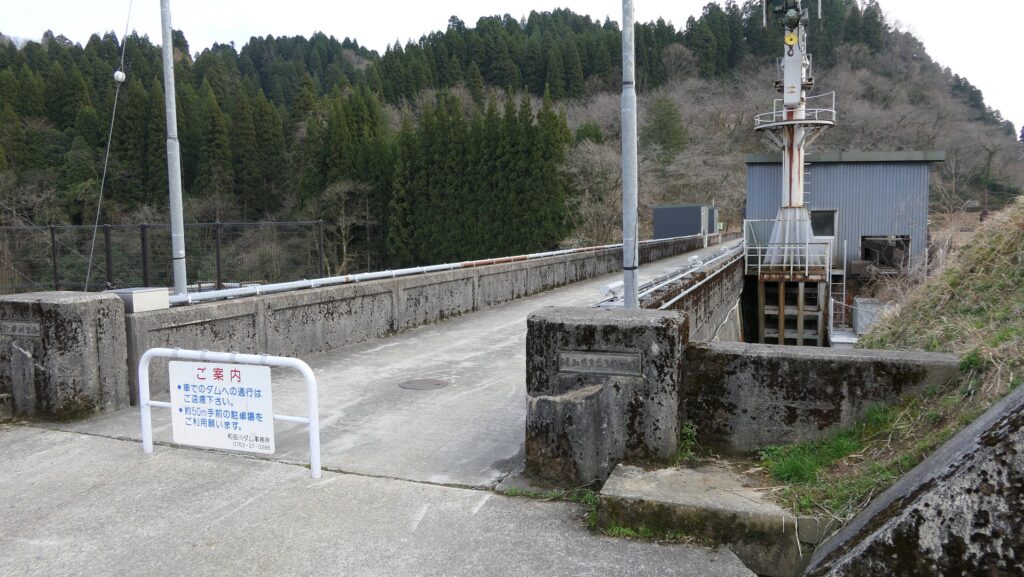
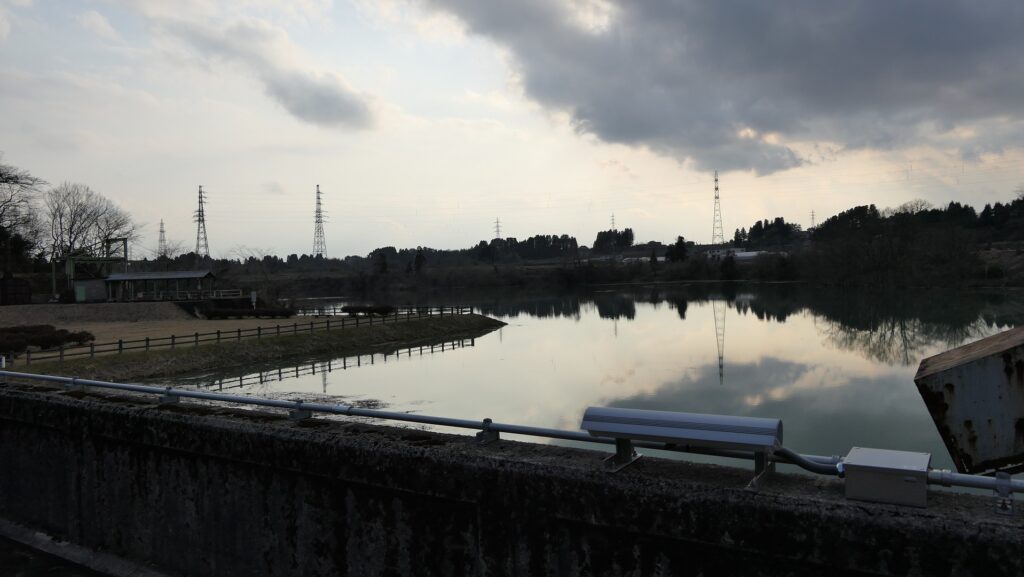
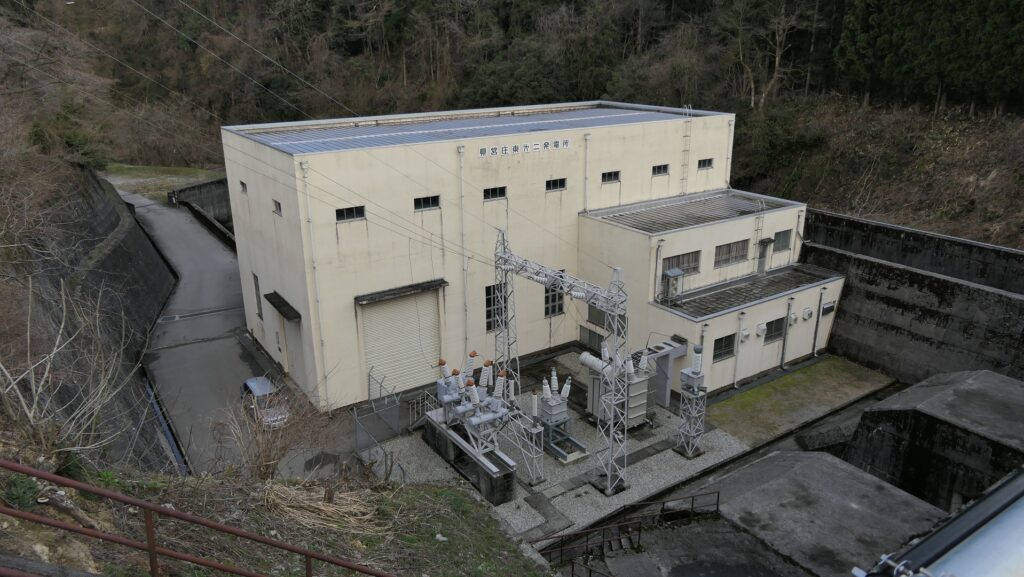
Featured Horikiri and following Enclosures
By now, you should be able to see the ruins at an altered gate called Kaburagi-mon beside a large signboard. The Uranagi Route goes up on a slope and eventually goes in a valley between the ridges on both sides. You will first see the enclosure called the F Enclosure whose name originates from the numbering system which historians used. it is therefore not known what the original name was. You should check out the ridges that are cut artificially, called Horikiri, in front of the enclosure which prevented enemies from attacking the ridges.
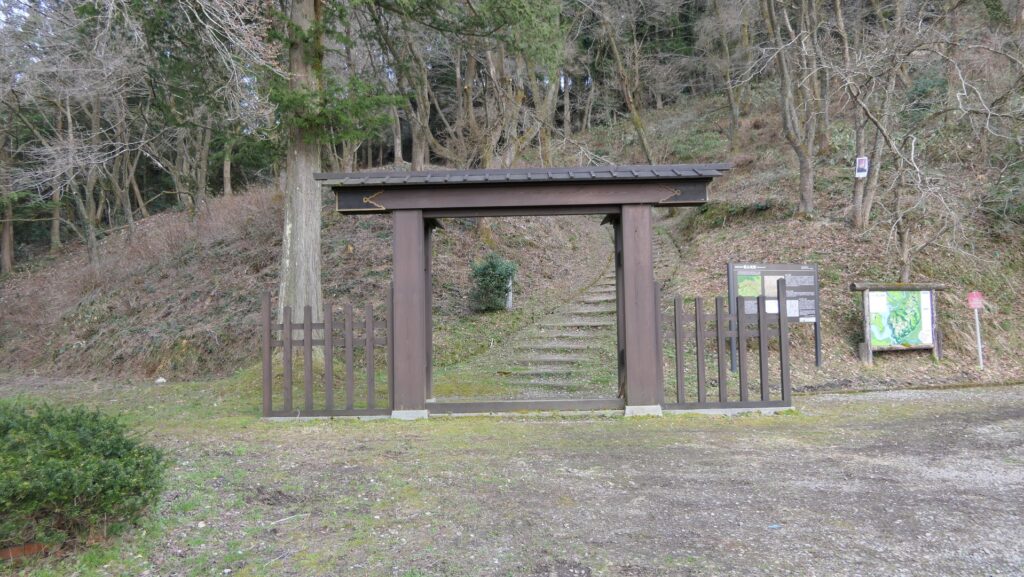
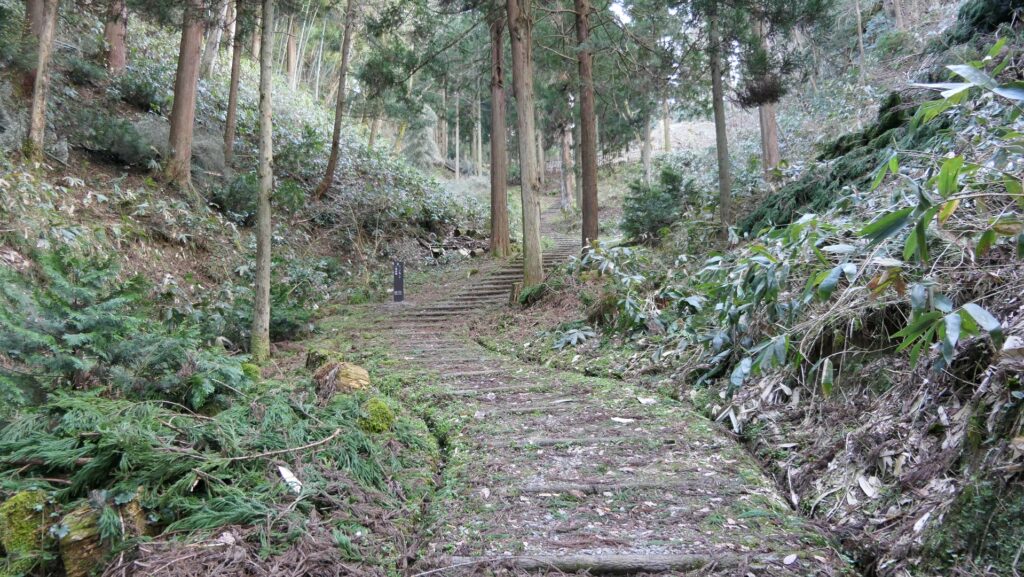
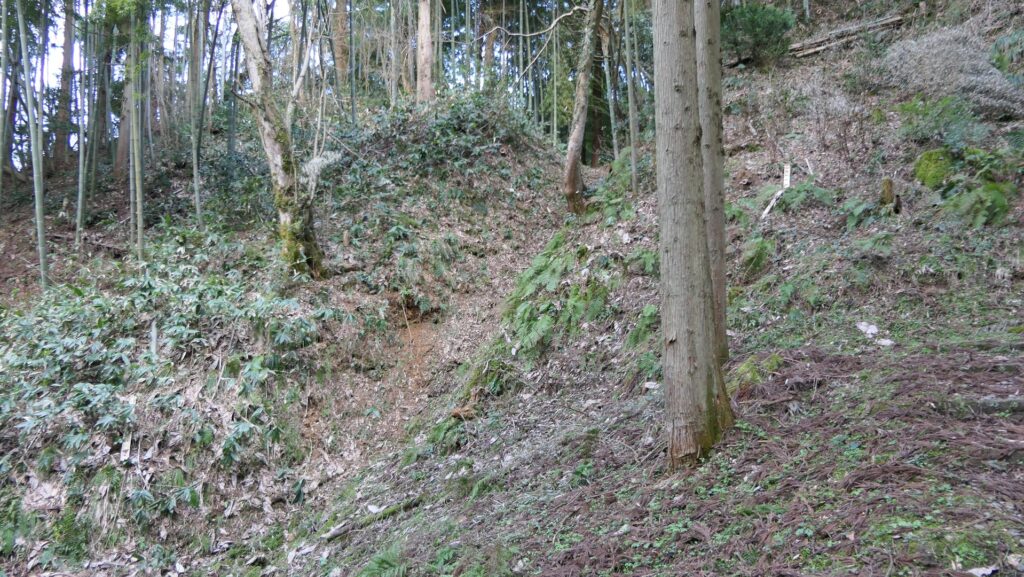

Above the F Enclosure, there is the Umanosego Enclosure which is shaped like a horse’s back. This is where the Uranagi Route and Nanamagari Route meet. The enclosure was an important spot for controlling visitors or enemies.
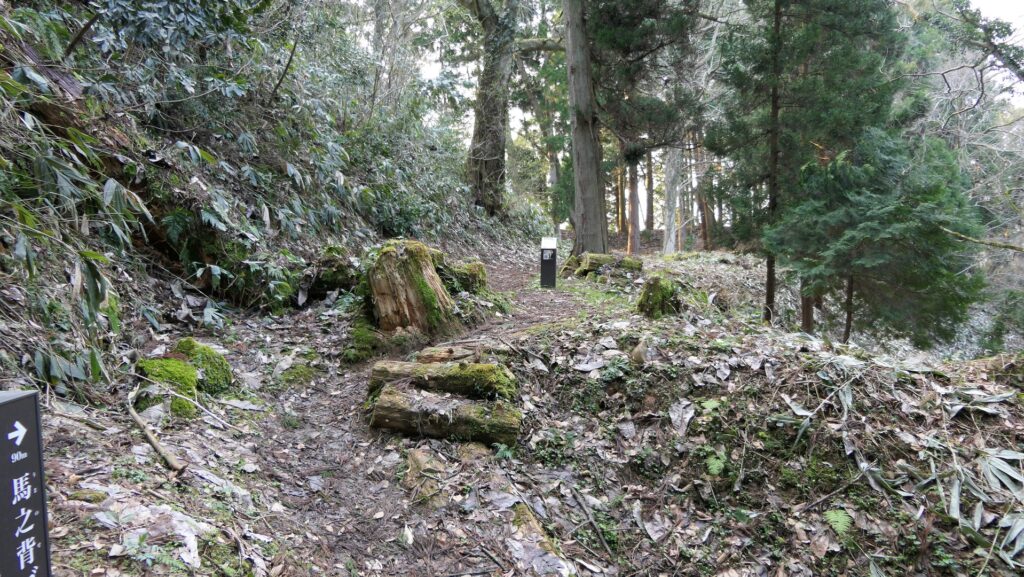
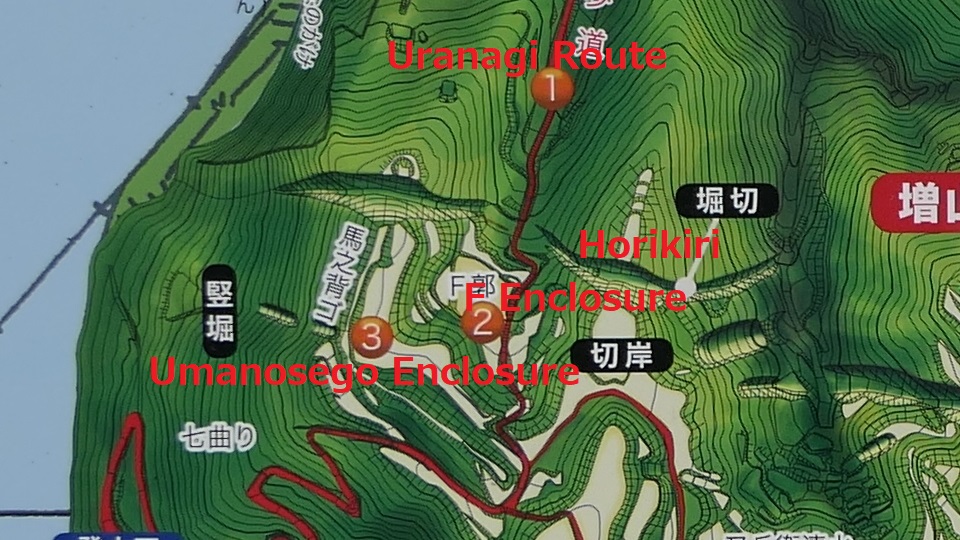
First Enclosure, pivot point of the defense
After that, the First Enclosure stands out in front of you. The cliff around the enclosure is cut vertically, which is called Kirigishi, however, it is impossible to climb it. Unfortunately, you will also have to walk around the cliff to reach the entrance of the enclosure. This location would have been where enemies were counterattacked from above. From there, you will see the remaining well called the Matabe-Shimizu which still filled fresh water to this day located near the entrance.
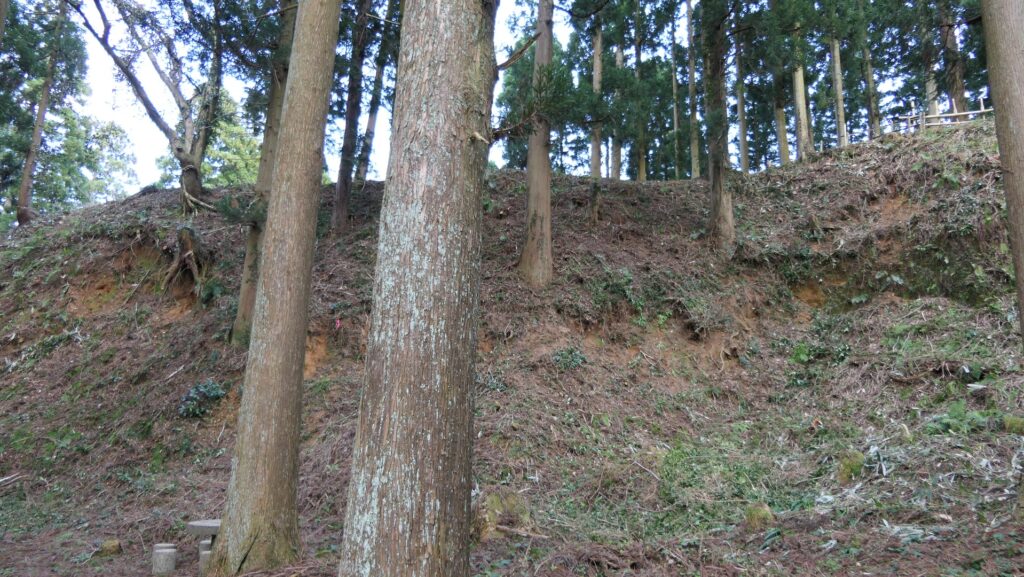
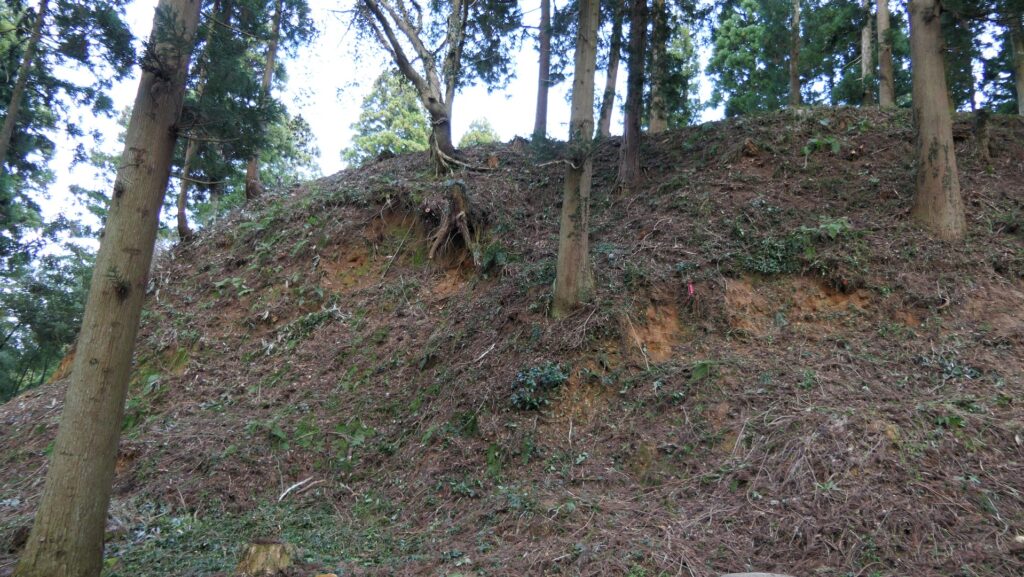
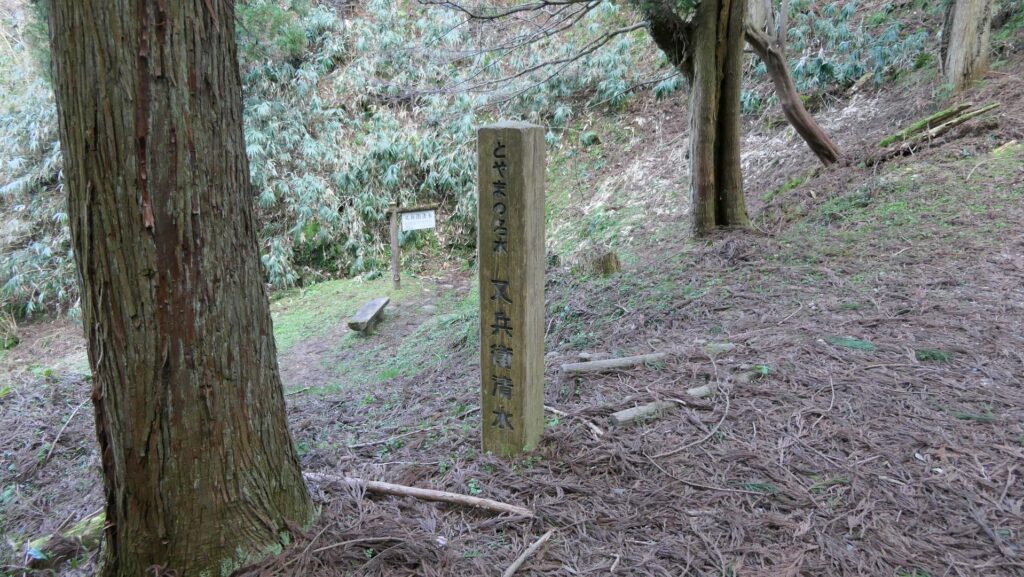
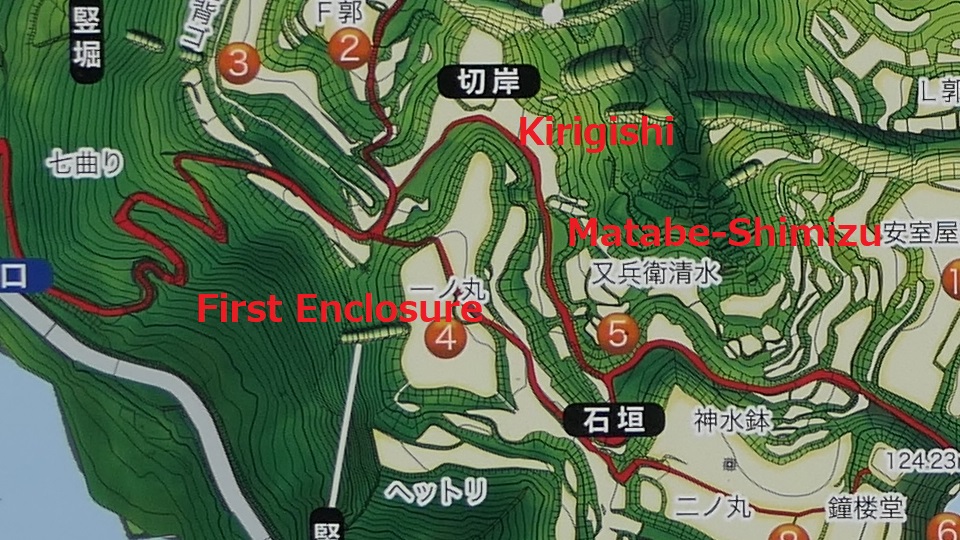
From the inside of the enclosure, you can see a good view of the area around the castle as well as a view of the route you went through. That means this enclosure would have been the pivot point of the defense.
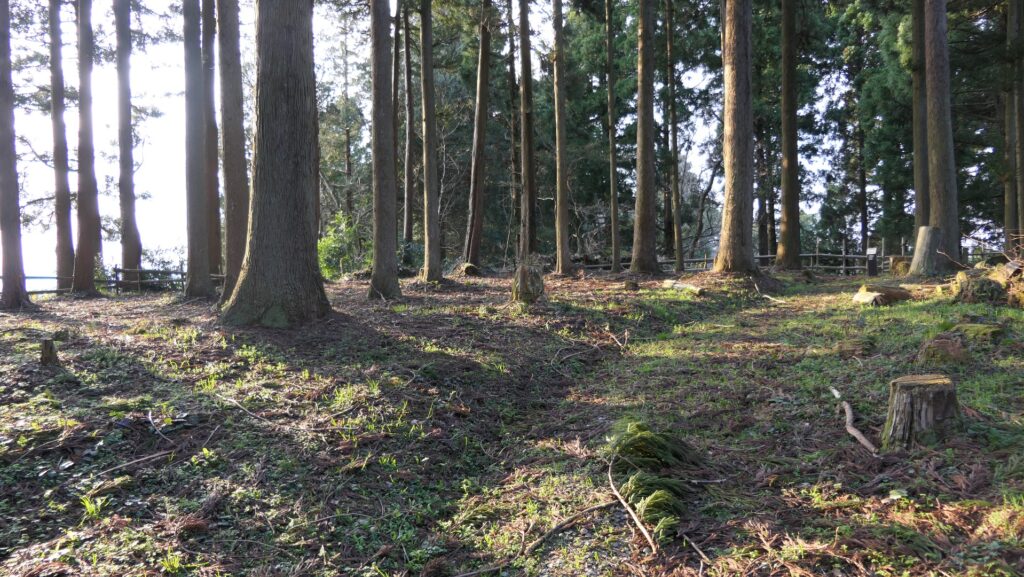
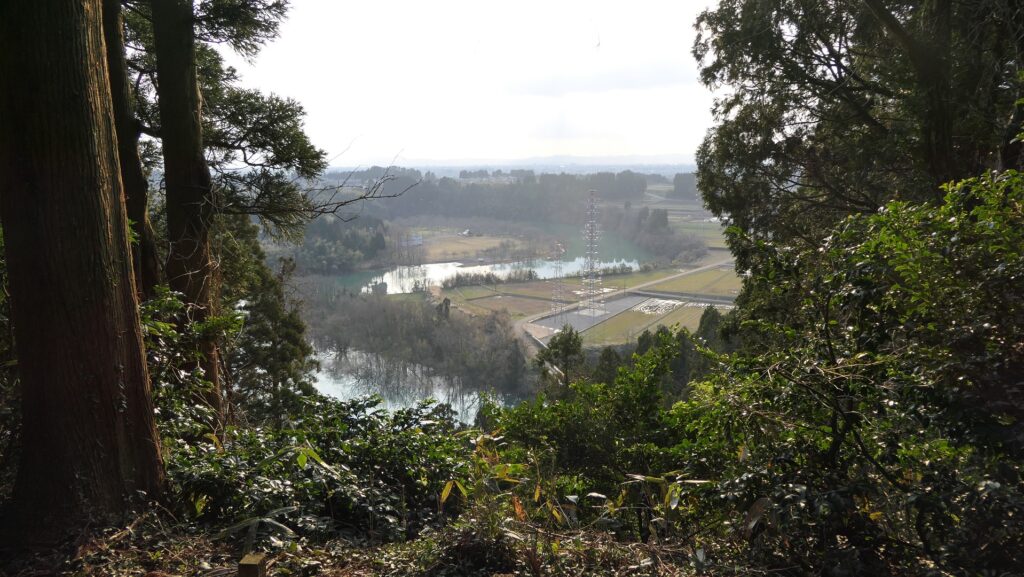
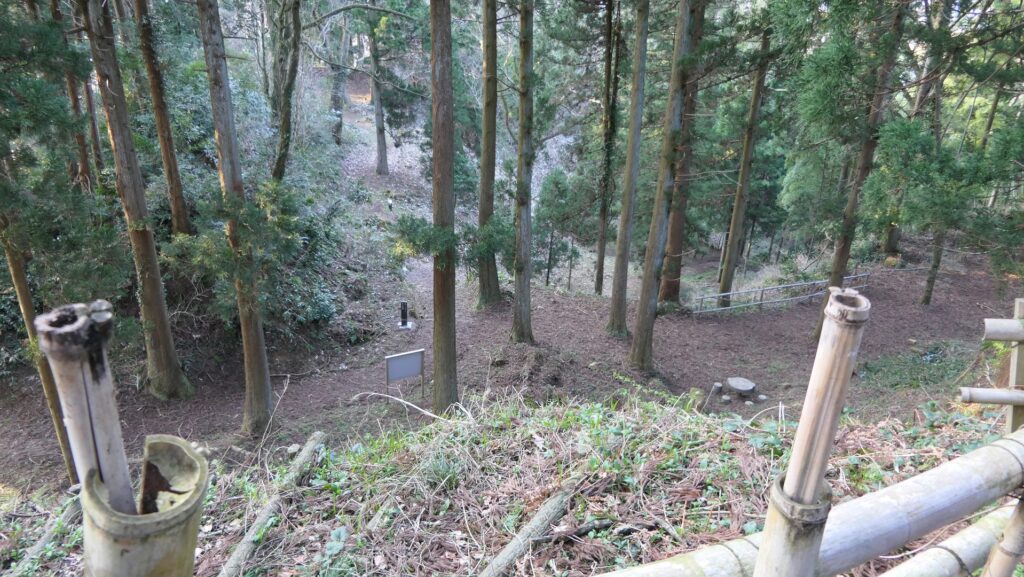
To be continued in “Masuyama Castle Part3”
Back to “Masuyama Castle Part1”

